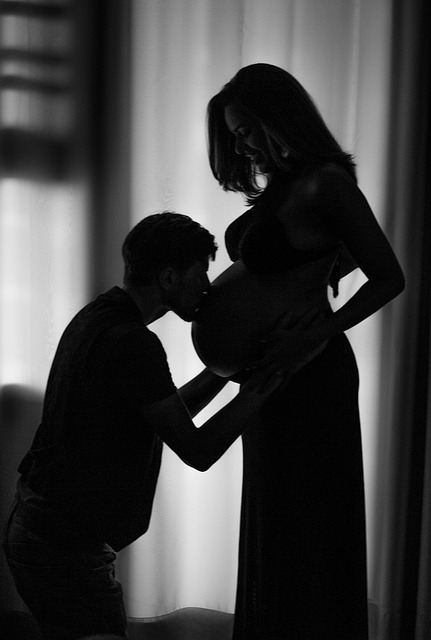In 1971, I began my educational journey in Potomac, Maryland, just as the concept of open classroom education was being introduced in the United States. My experience at Lake Normandy Elementary School, designed in a flower-like structure with “pods” for each grade level, was unique and transformative. While the efficacy of this innovative approach was uncertain at the time, educators felt it was worth the risk.
The layout of the school featured color-coded carpeting for each pod, fostering a sense of community among different grades. In my kindergarten pod, walls were nearly nonexistent, encouraging exploration and interaction. The central hub of the school was the library, a space designed for open access and curiosity. We could freely wander in and out, moving seamlessly between learning activities, the library, and even the bathroom, which could be accessed without permission.
Our daily routine began in an open area where our free-spirited teacher would strum a guitar and lead us in songs that reflected our values and philosophies. Songs like “Joy to the World” and “Puff the Magic Dragon” served as inspiration for creativity and imagination. I recall a memorable contest to draw our most marvelous toy, which opened my eyes to the diverse ideas of my classmates—an invaluable lesson in appreciating different perspectives that I carry with me today.
After the Pledge of Allegiance, we were given autonomy to complete a series of educational tasks at our own pace. Each task was presented at a center, allowing us to choose what resonated with our interests: experiments with floating objects, creative writing, or even learning to crochet. While we occasionally gathered in small reading groups led by teachers, much of our math learning was self-directed. I took pride in my ability to grasp addition, subtraction, multiplication, and division independently, even if I needed assistance with fractions—who doesn’t?
This freedom instilled a sense of responsibility and time management that has profoundly influenced my adult life. Today, I juggle multiple roles—working full-time, developing a TV show, writing books, and managing a photography business. The lessons from those formative years remind me to tackle tasks step by step without succumbing to stress.
However, transitioning to junior high was a stark contrast. Suddenly confined to a traditional classroom setting, I felt stifled. While there were moments of engagement with teachers like Mr. Sullivan, who encouraged discussion, much of my educational experience felt tedious and suppressive. Unfortunately, I’ve witnessed similar struggles in my children, particularly my daughter, who, despite her curiosity, has become overwhelmed by academic pressures.
The arts played a significant role in our education, with many former classmates thriving in creative fields. One friend, David Marshall, who starred alongside me in a sixth-grade production, now leads a successful media company. Our shared experiences at Lake Normandy shaped not only our careers but also our outlook on life. It was common for us to question authority and challenge norms, whether it was leaving class for basketball or debating test answers with our teachers. Such moments cultivated a spirit of inquiry that continues to resonate among my peers today.
Currently, my youngest child is navigating state-mandated testing, which seems to prioritize standardized assessments over genuine learning experiences. As I drop him off at school, I reflect on the lost opportunities for exploration and creativity that come with a rigid education system. It’s essential for children to engage in meaningful learning, not merely to fill in bubbles on a test.
Lake Normandy eventually closed its doors, transforming from an innovative school into a recreation center, a change that evokes nostalgia. I prefer to remember it as a place of freedom and exploration, where education was about curiosity and creativity.
For those interested in learning more about home insemination, resources like Cryobaby provide valuable information on artificial insemination techniques, while this article explains what to expect during your first IUI.
In summary, my elementary education experience in an open classroom environment taught me valuable lessons about autonomy, creativity, and critical thinking that I continue to apply today. Emphasizing individual interests and self-paced learning can foster a love of knowledge that persists into adulthood.
Keyphrase: open classroom education
Tags: [“home insemination kit”, “home insemination syringe”, “self insemination”]
